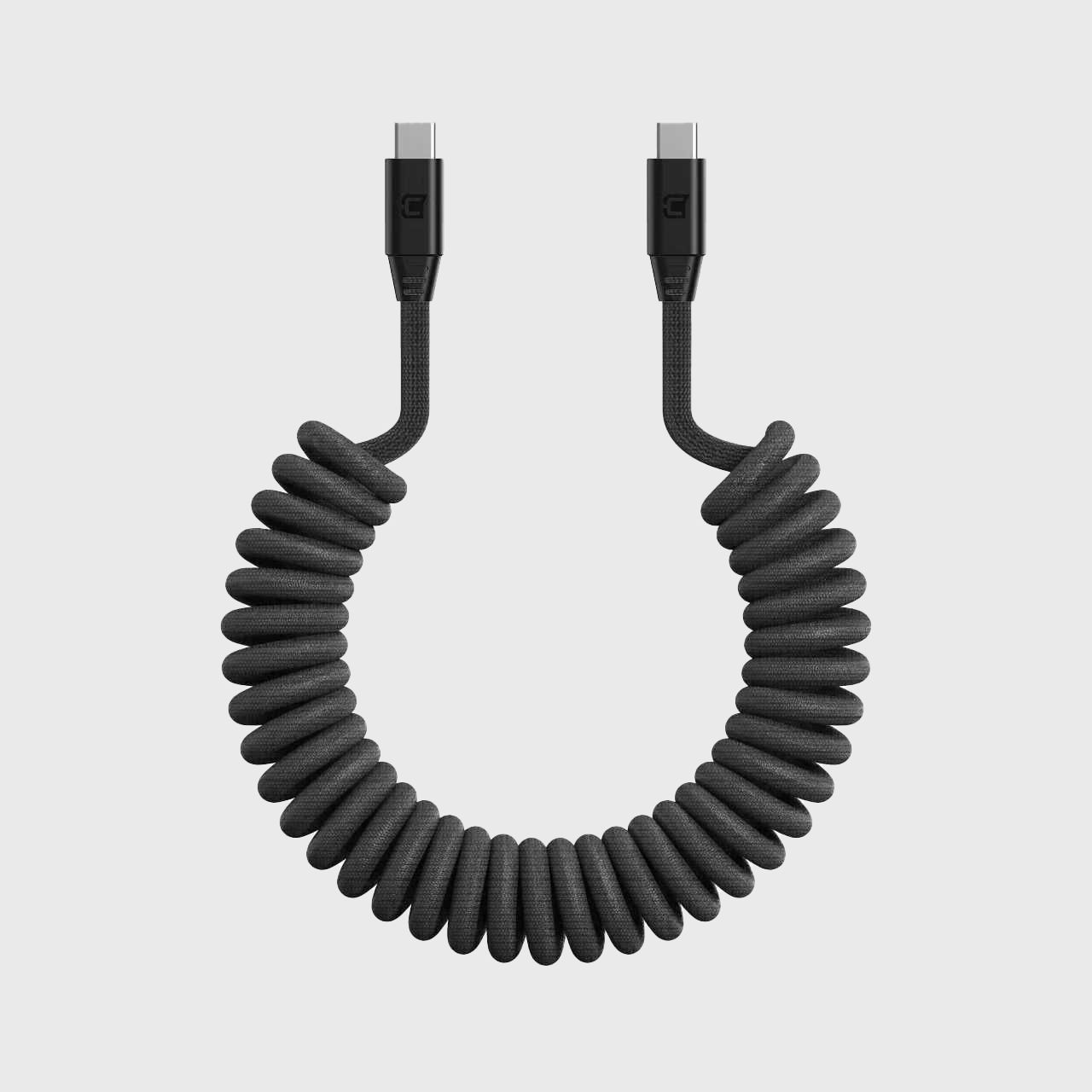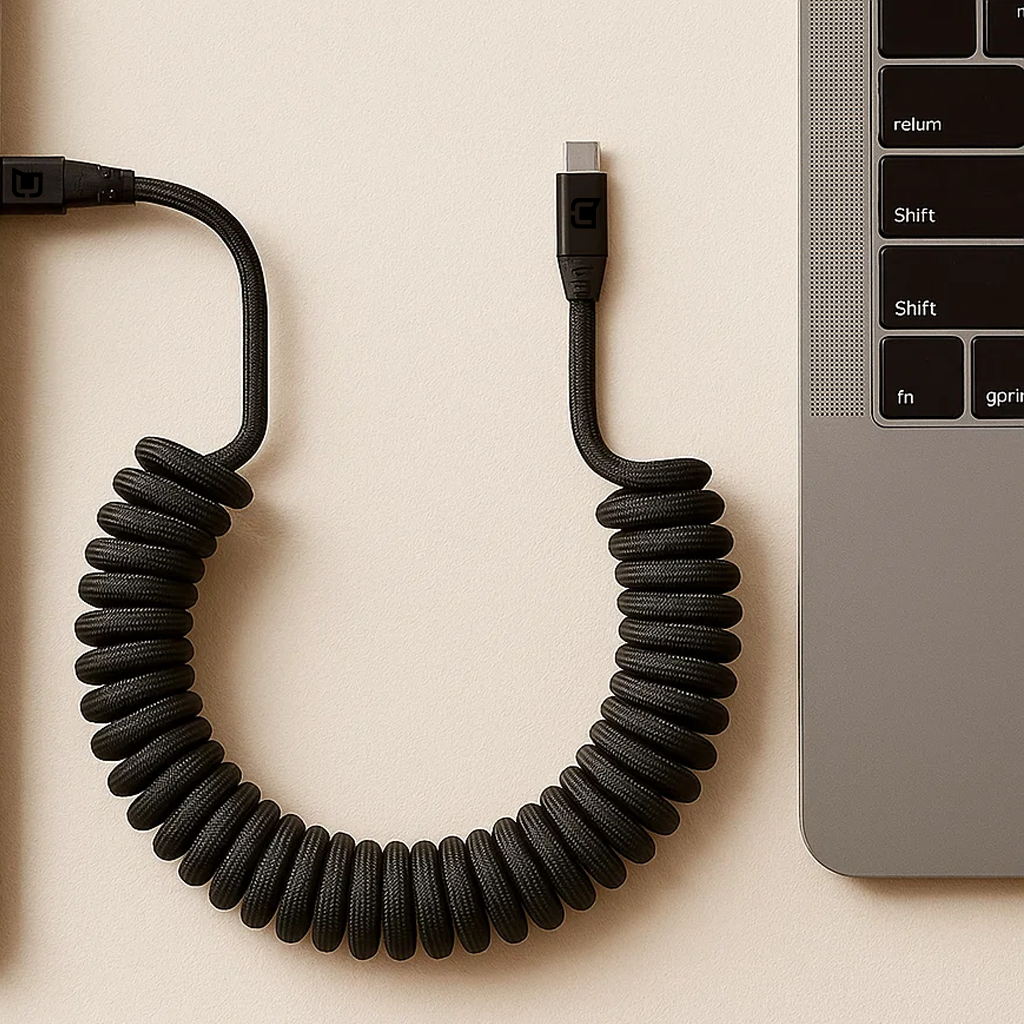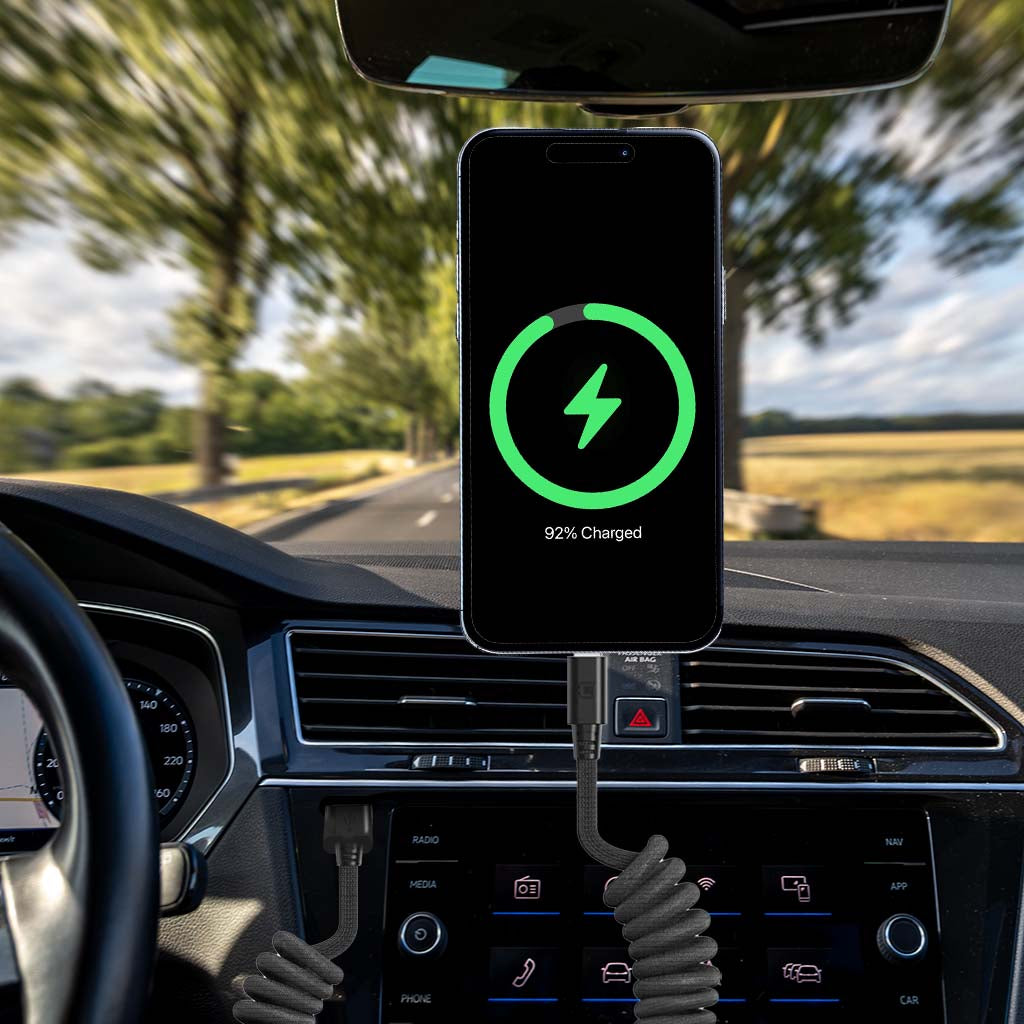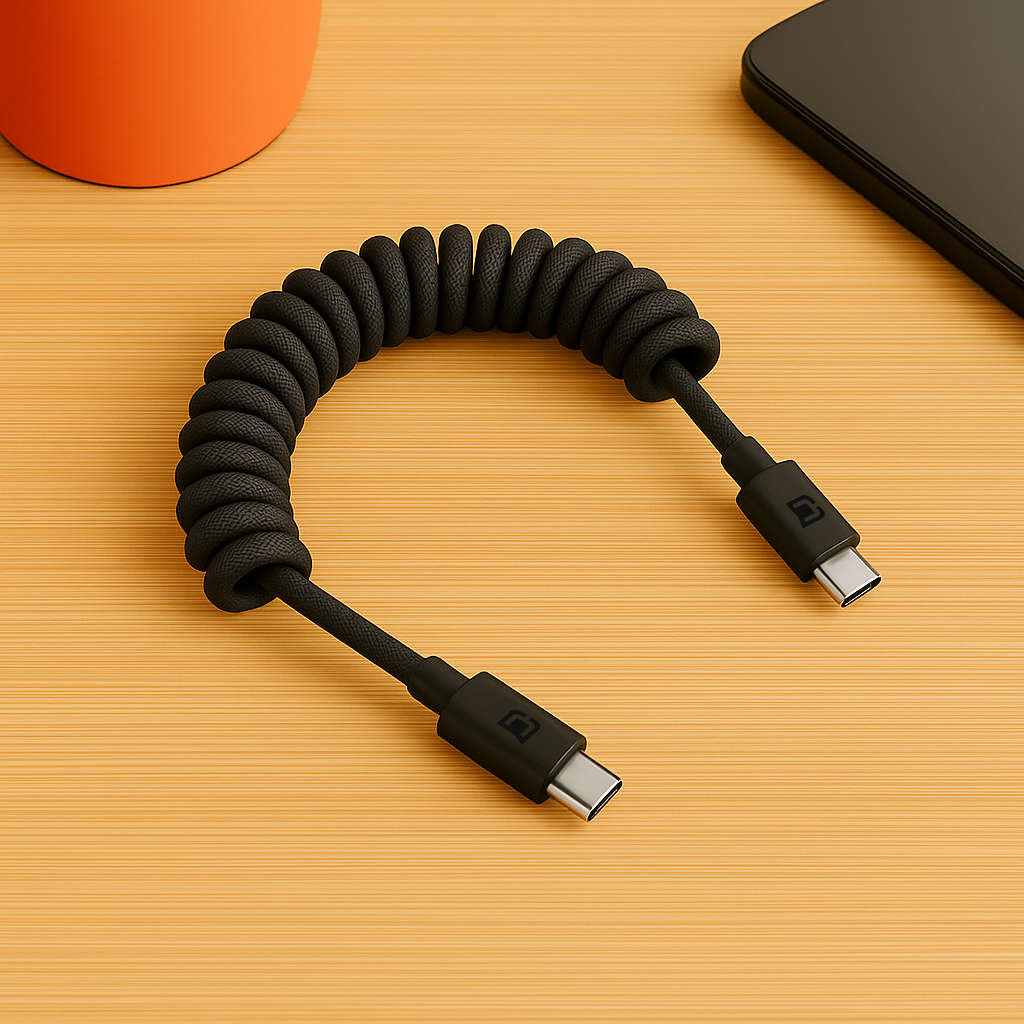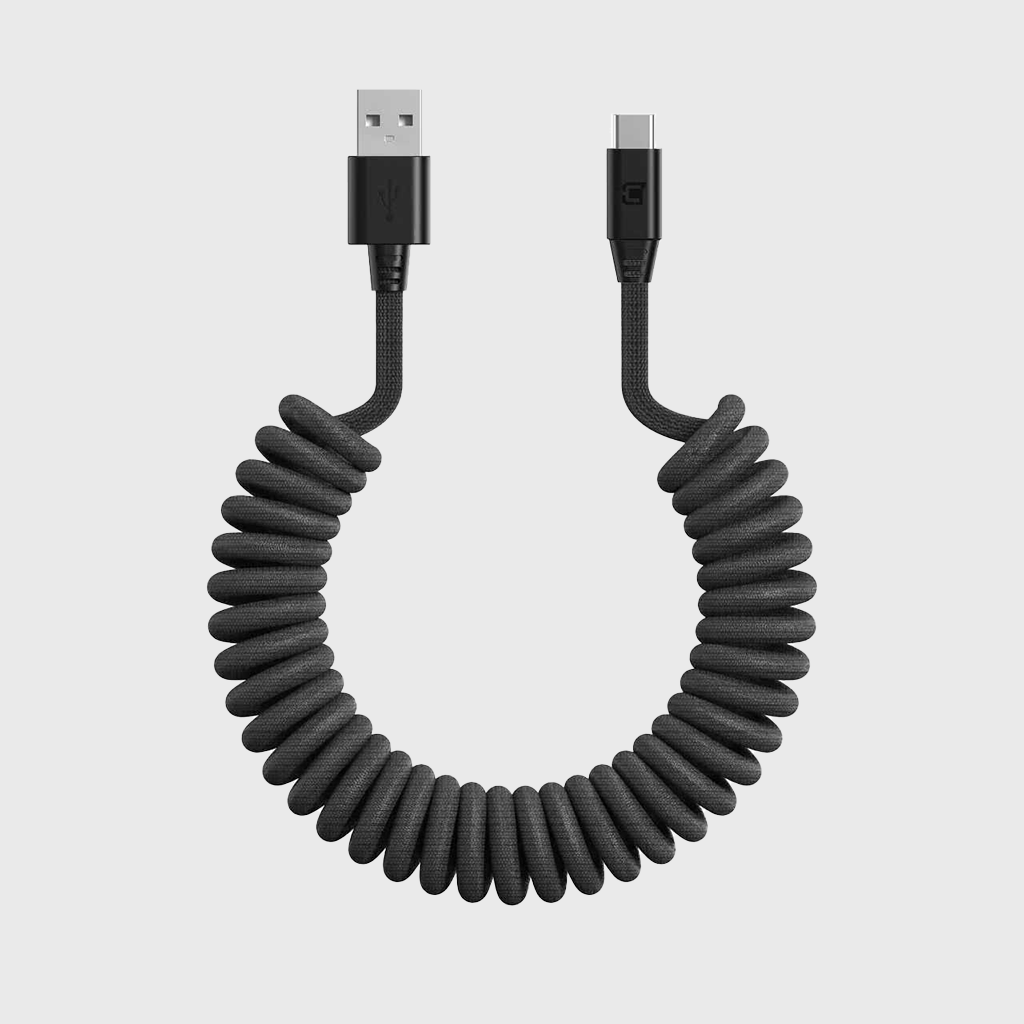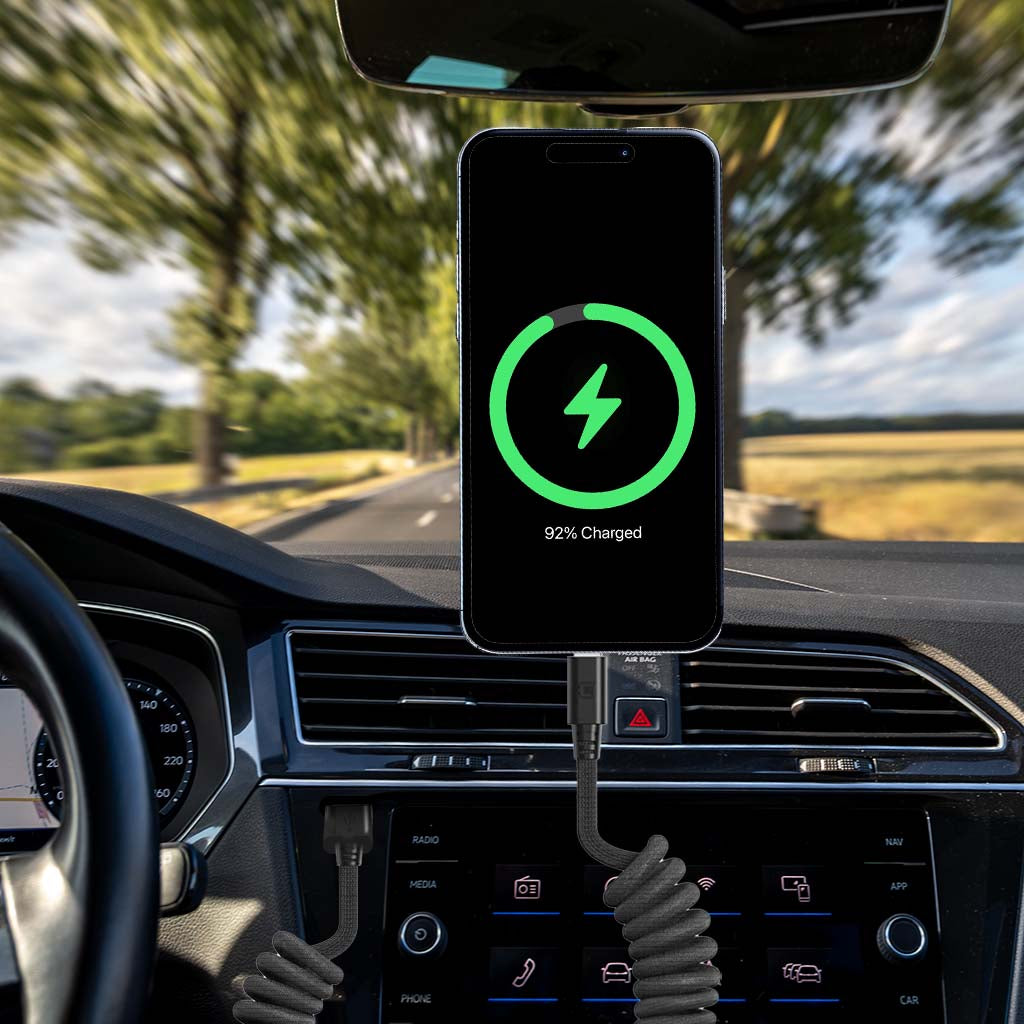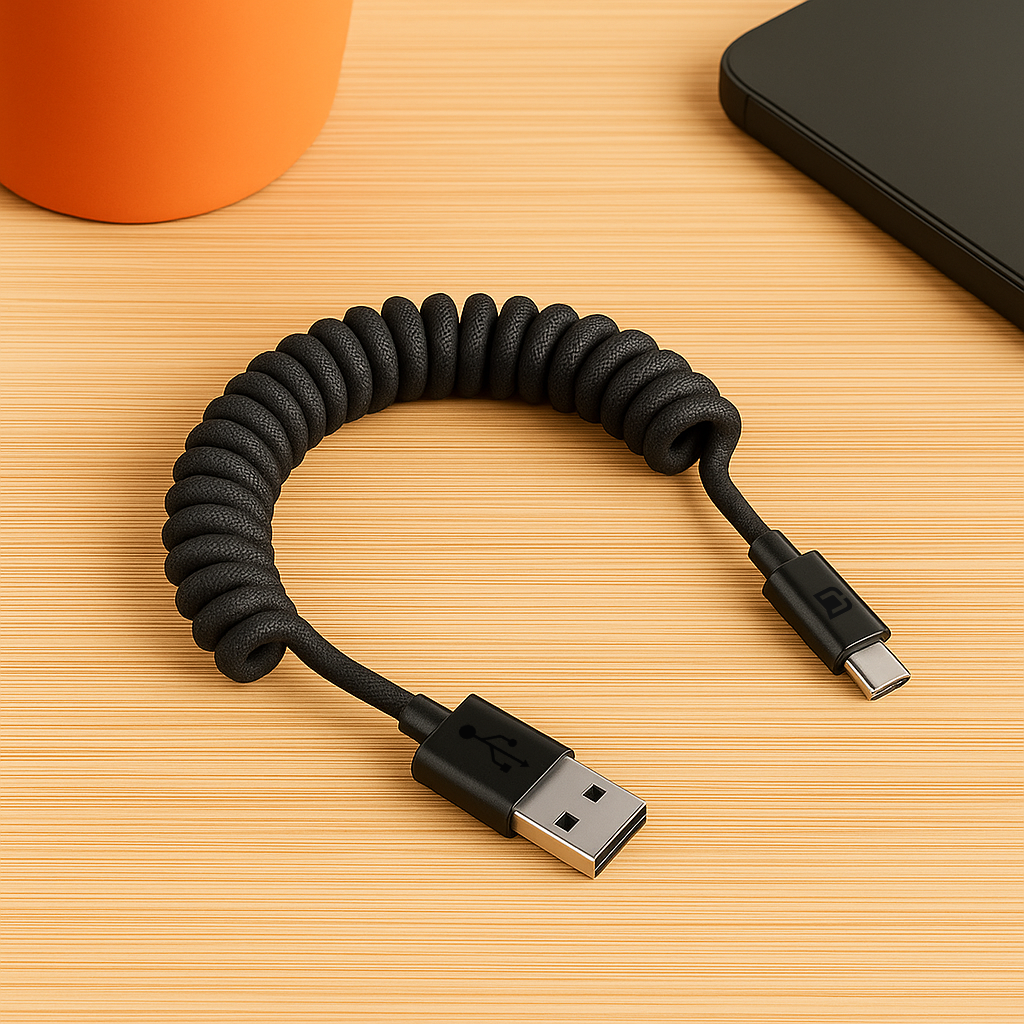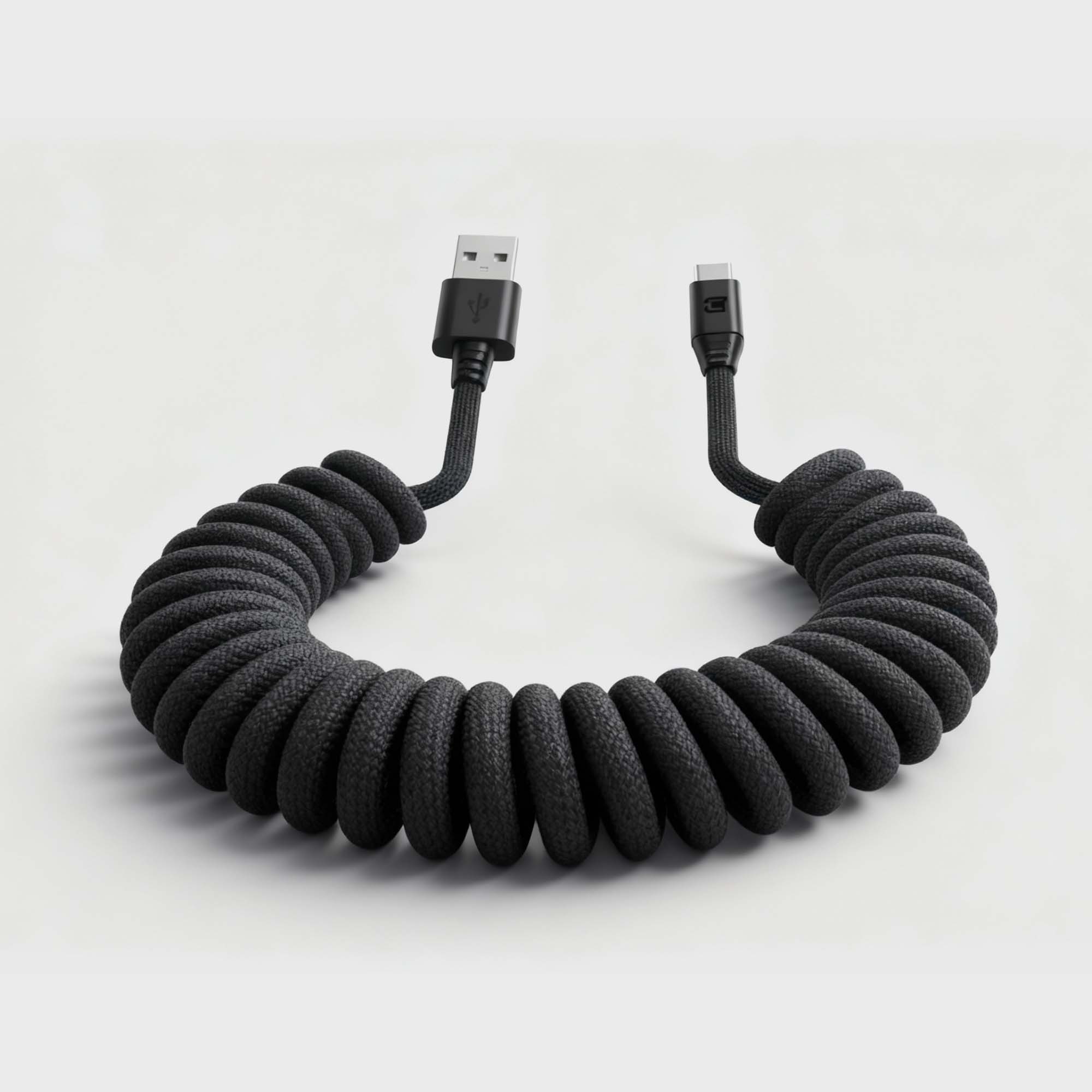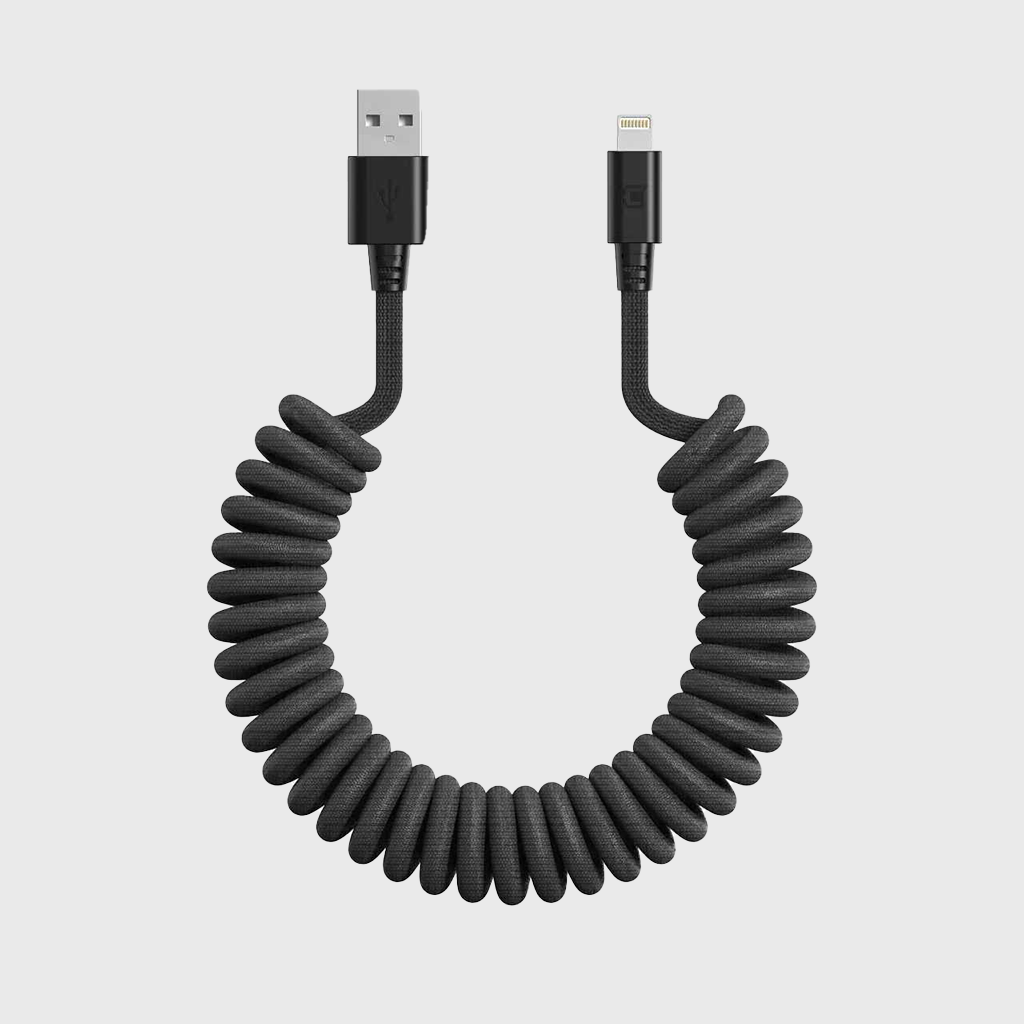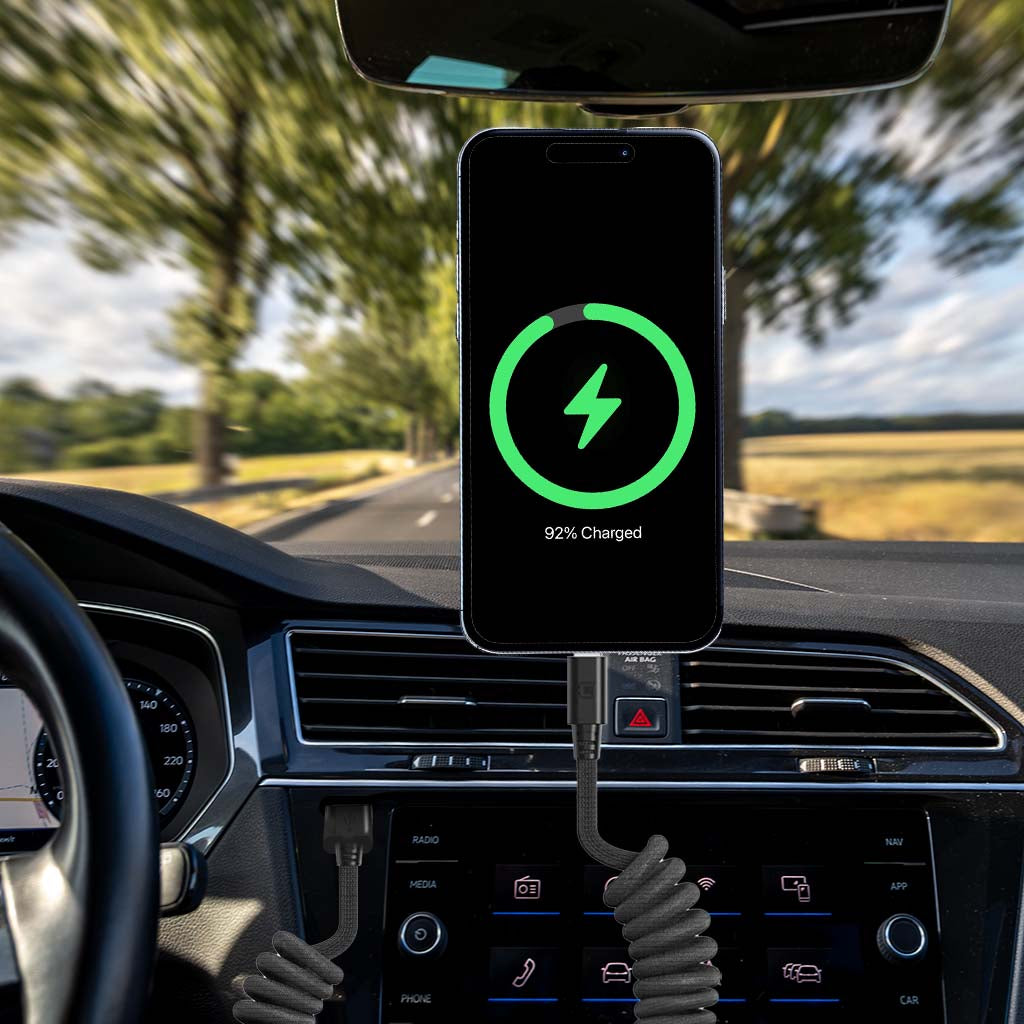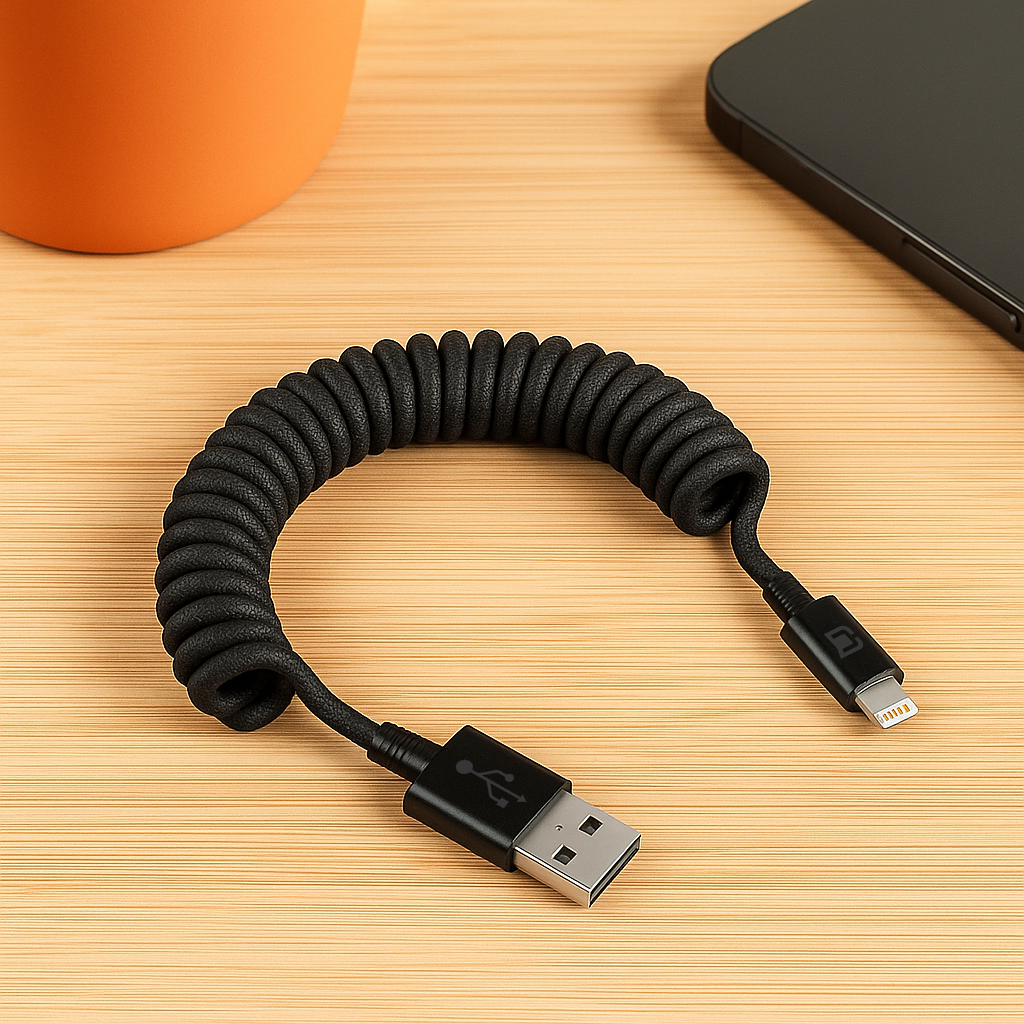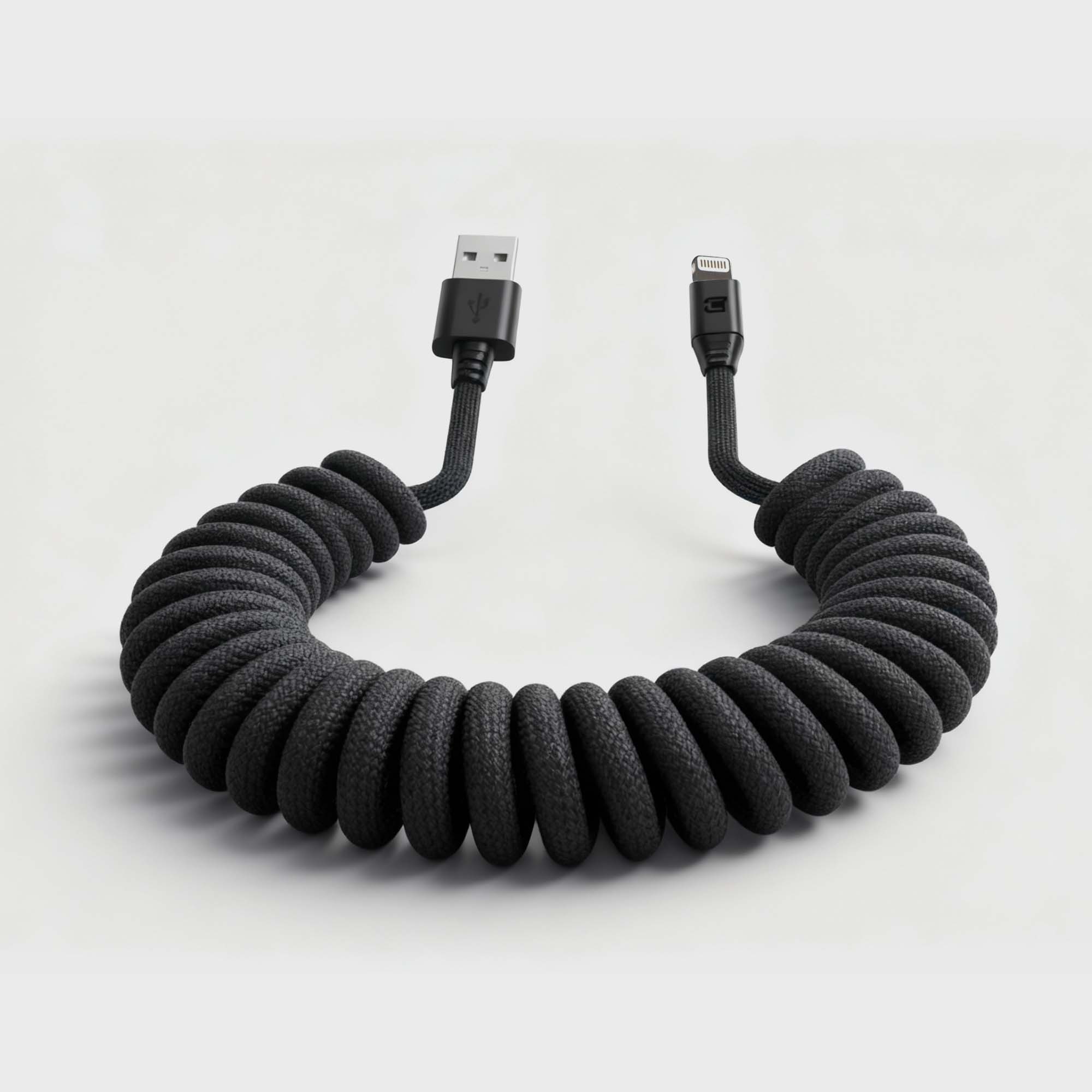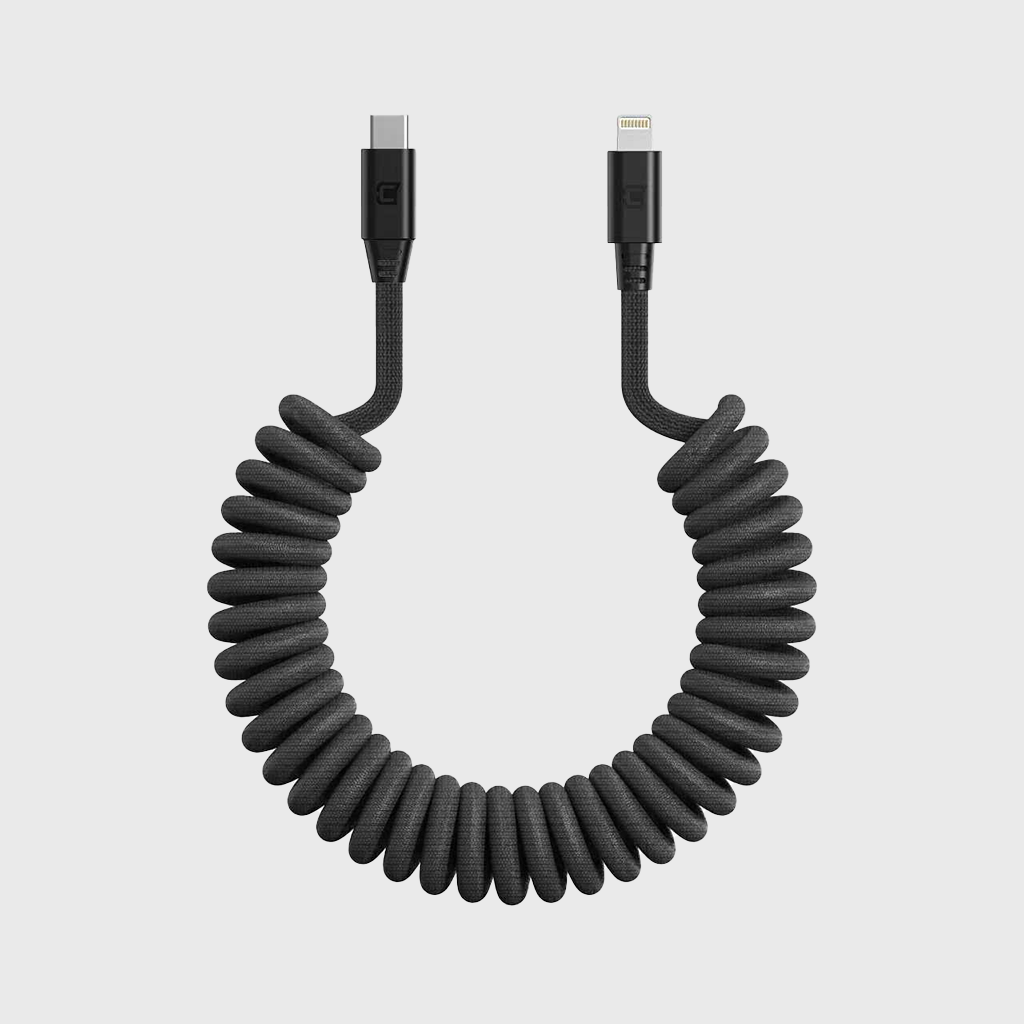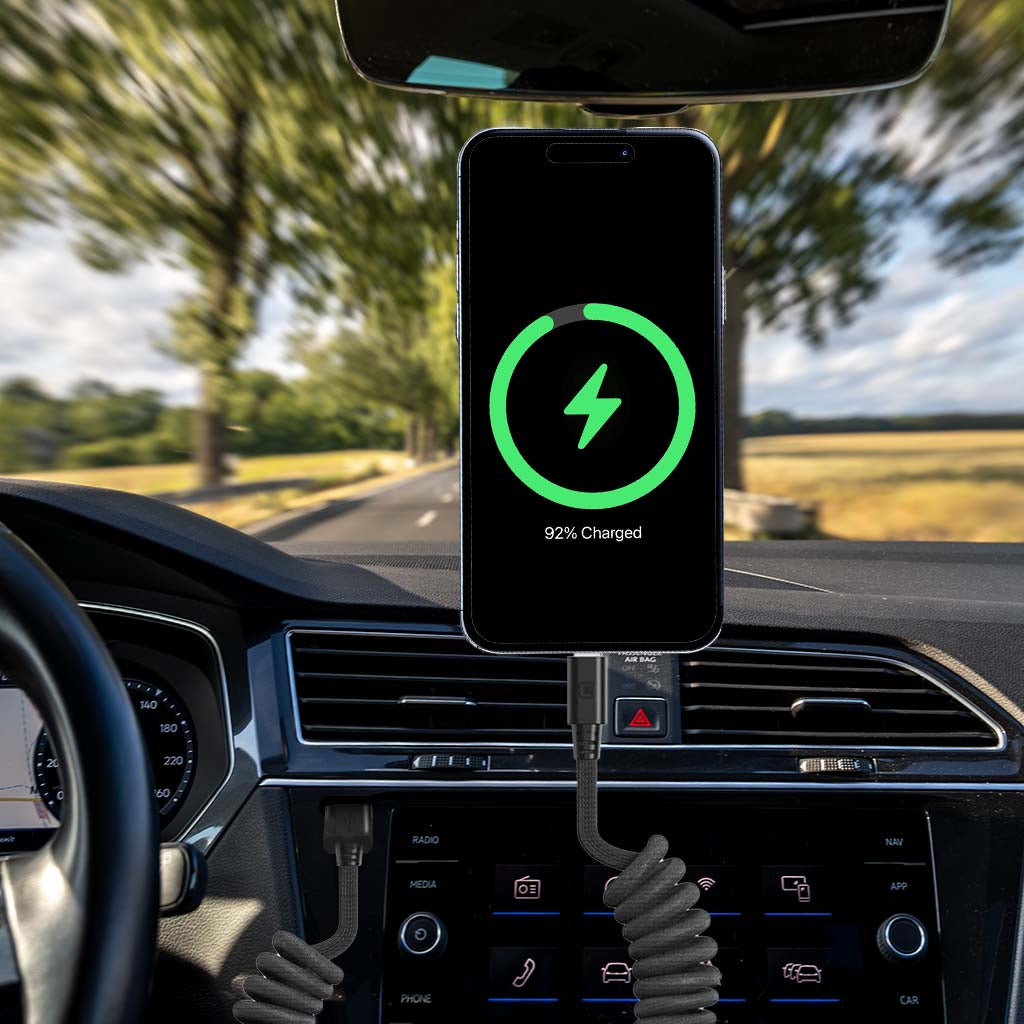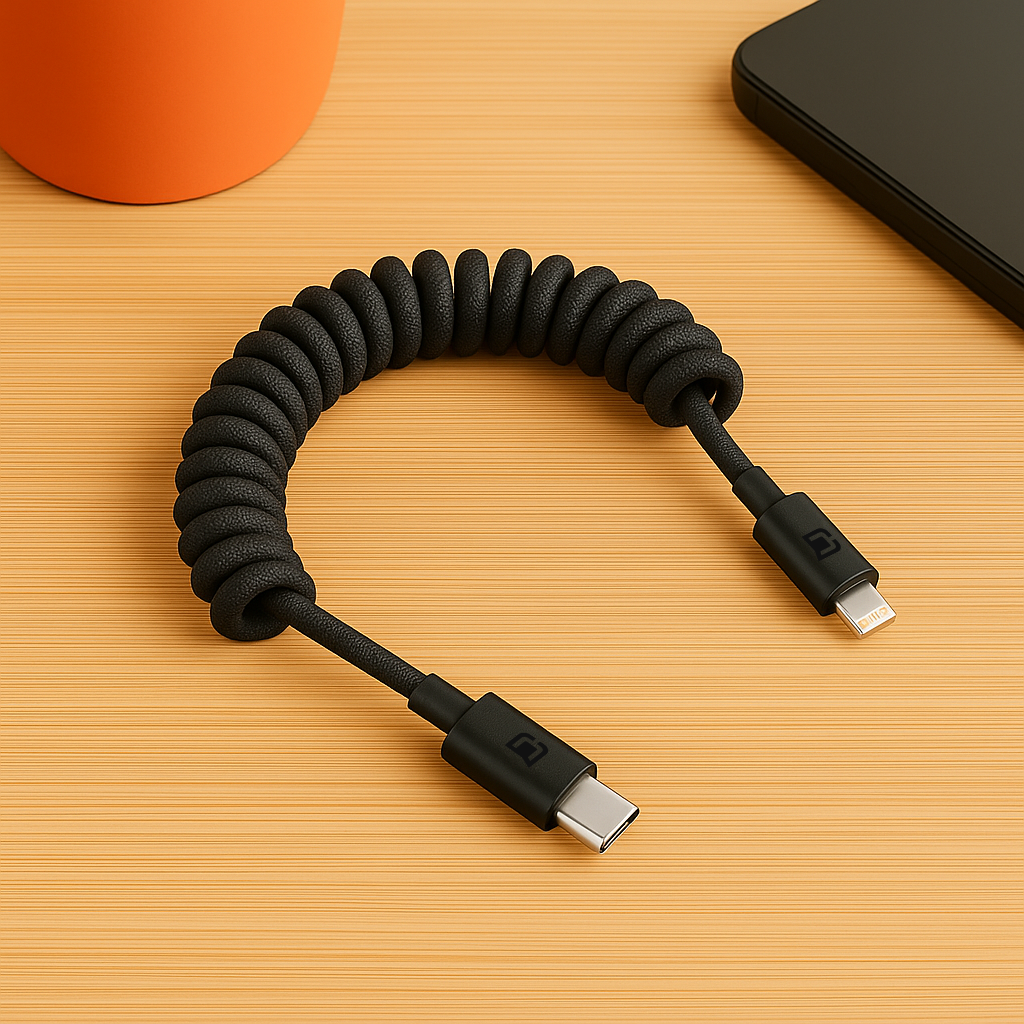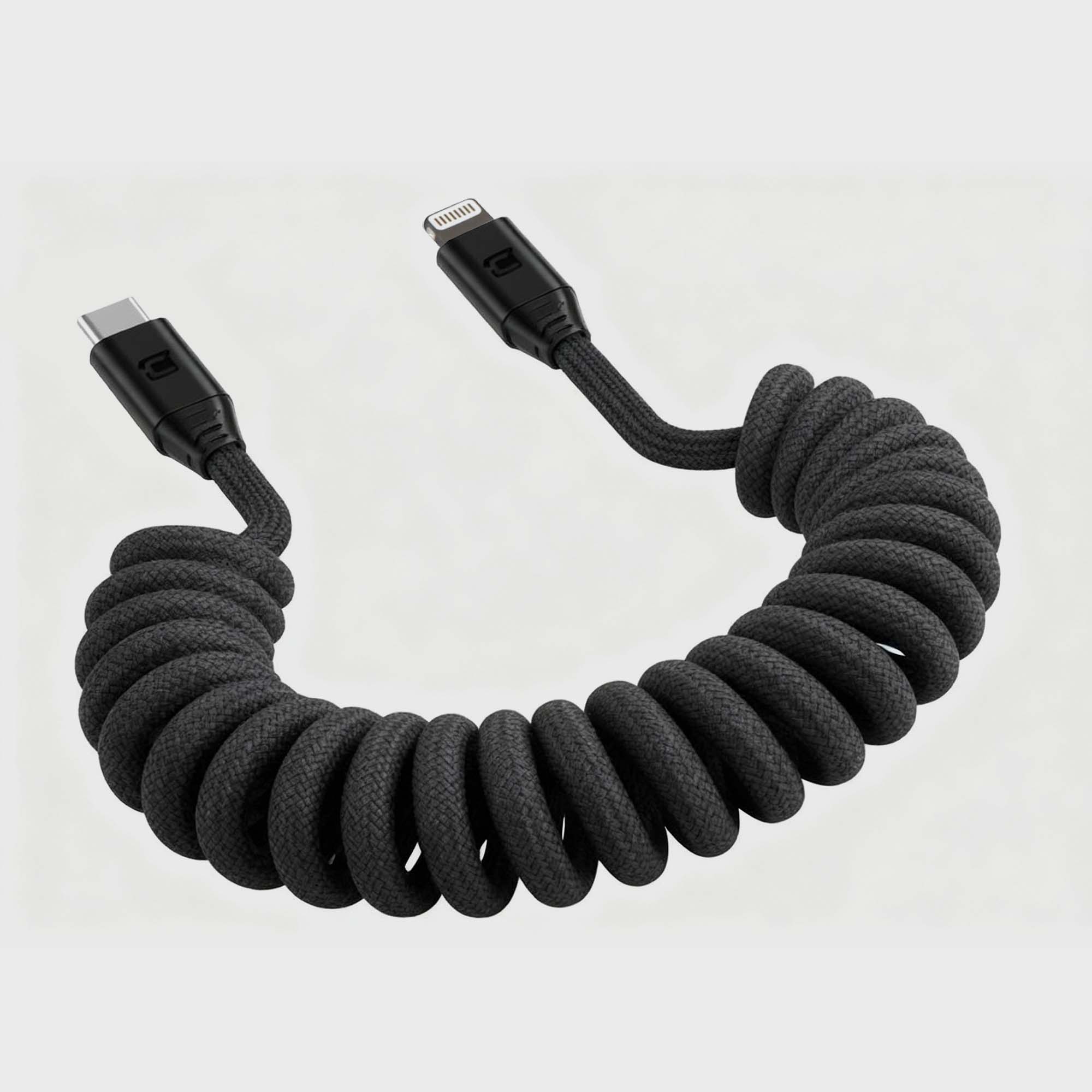Ontario, 13th August 2020
Ever since the invention of the first true automobile by Karl Benz in 1886, car designers and manufacturers have been working to make cars safer and more reliable. Not all technology focuses on safety,however, and much of it goes to enhancing the driving experience or to offer more comfort and luxury. Let’s be honest, you don’t want to be starting a car by hand anymore, or wearing goggles because there’s no roof.
Yet road safety is still a huge factor not only in the manufacturing of new cars, but also when it comes to consumers. One of the first things that people look for in a car is the safety rating. Let’s take a look at the history of technology in road safety, the improvements that have been made, and the exciting new innovations awaiting us in the future.

Photo by Paul Hoenhorst on Unsplash
What is the History of Road Safety and Technology?
Much of the safety technology developed for cars has happened to address past accidents. For example, in 1959, Volvo invented seatbelts to help save lives. There are many innovations in cars that we now take for granted, but all of them had to start somewhere. The driving experience was a very different one when cars first appeared on the road, and it was a dangerous pasttime. As more and more people bought cars and speeds increaded, safety only became more important.
Headrests 1921
Whiplash was a problem, especially from rear-end collisions, so Benjamin Katz invented a headrest that would support the head in an accident. This was also the time that hydraulic breaks were first used in vehicles, making cars more efficient at stopping.
Laminated Glass 1927
Injuries from flying glass in an accident were high, so engineers developed laminated glass. It comprises layers of glass with a film inside to prevent it from shattering.
Padded Dashboards 1947
It’s something you might never have thought about before, but face injuries were common in car crashes. Yet padded dashboards wouldn’t be mandatory in Europe until 1966. Of course, this was before the invention of the 3-point seat belt, which significantly reduced this type of injury.
Crash Test Dummies 1949
Testing the safety of cars is the job most people would never want. Thankfully, manufacturers developed the first crash test dummy called Sierra Sam to take the punishment.
Airbags 1951
You might think of the airbag as a recent invention, but Walter Linderer invented a version that could be deployed on contact to the bumper, or by the driver themselves.
Inertia Seatbelts 1963
Although the development of the famous 3-point seatbelt was in 1959, they weren’t adjustable to the passenger’s comfort until now. They still wouldn’t be compulsory until 1970 when Austria became the first country to do so.
SRS Airbags 1981
Mercedes-Benz was the first manufacturer to produce a car with a Secondary Restraint System (SRS) airbags for the driver. Volvo would introduce side-impact airbags in 1994.

Photo by Holger Link on Unsplash
Modern Technology
By this stage safety concerns were paramount when it came to car manufacturing, and post 2000, the technology used only became more sophisticated. With more innovatave sensors, these advances became customary in cars within a very short number of years.
-
Blind Spot Information System (BLIS) 2004
Always pushing the safety levels, Volvo developed BLIS which used cameras and motion sensors to prevent a collision when parking or changing lanes. Yes, that beeping sound is all thanks to them.
-
Pop-Up Bonnet 2005
Not sure if the pop-up birthday card was the inspiration, but Jaguar and Citreon developed this technology to help reduce pedestrian injury.
-
Emergency Braking 2008
Volvo introduces autonomous emergency breaking that stops the vehicle if it senses an oncoming vehicle.
-
Pedestrian Detection System 2010
One step further from its autonomous emergency braking system, Volvo develops a similar system but to detect pedestrians.
These are only the main safety developments, there have been many others over the year – all of which have gone into making vehicles as safe as they are today. However, not all new inventions are a part of the car from the beginning.
How Does New Technology Enhance Road Safety Today?
The technology of the past has allowed cars to be the safest they have ever been, but how is today’s technology making cars even safer? Here is some of the newest car technology that can help keep you and your family protected.
Electronic Stability Control (ESC)
ESC is one of the newest pieces of technology fitted as standard. The ESC software is there to watch the stability of the car. If it detects that the car is losing stability, is adjusts the engine power and the individual brakes to help the car regain control. Studies have indicated that it can help to prevent a third of road accidents.
Autonomous Emergency Braking (AEB)
Although this technology appeared back in 2008, it is now becoming standard on many new cars. AEB uses a variety of cameras and sensors to help prevent a collision. In the past, these sensors were just for parking, however, they are now continually monitoring the area around the car. If it detects an obstacle, it will alert the driver by audible noise. If the driver ignores this, then the car will perform an emergency stop to prevent an accident.
Adaptive Cruise Control
Cruise Control is nothing new, but technology has now improved the system to include radar detection. The radar, placed at the front of the car, monitors the vehicle in front and adjust the speed to keep a safe distance. If there are no vehicles in front, then it will keep the car at the speed set by the driver.
Lane Keeping Technology
There are various types of lane-keeping technology depending on the set-up you have on your car. The basic type will alert you either by an audible sound or vibration of the steering wheel if you go over the while lane lines. More advanced systems will adjust the steering to keep the car in its lane. However, this system will only work for a while so drivers cannot simply let the car drive itself.
Mobile Mounts for Phones
Some makes of cars are now fitted with mobile phone mounts that can charge the phone and also give you access to the navigation apps and communication through Bluetooth. If your car isn’t fitted with a car mount, then there are many variations of mounts that you can attach to the car such as the car mount for phone. These mounts prevent drivers from holding their phones while driving, but also make them easy to see.
Attention Monitoring Systems
Tiredness on long journeys is one of the most common reasons for crashes. To help prevent drivers from driving while fatigued, Attention Monitoring Systems will look for signs that the driver is getting tired. If it detects these signs, then it will alert the driver with an audible sound or vibration.

Photo by Farzanah Rosli on Unsplash
What’s The Future For Car Safety Technology?
As you might have seen from this article, most of the safety technology developed in recent years, is there to stop the driver from making mistakes. It seems that future safety technology will continue to move in this direction. Here are some of the ideas that car manufacturers are considering for future vehicles.
Active Warnings
With the development of 5G technology, there is a new system developed by Harman among others that will alert other drivers and even pedestrians if a car is in their way. One way that this will work is when a car jumps a red light. Other road users in the area will receive an alert in their car.
Self-Driving Cars
Although manufacturers such as Google, Tesla, and Audi have been working on self-driving cars for a while, the technology is set to improve in the future. It might take a few years until you can buy a car that will drive itself, but more automation is already built into most modern vehicles.
The MightMount Promise
When you look back, you can see just how much cars have changed, especially when it comes to safety. Car manufacturers are now working hard to prevent accidents not just by making cars safer, but also by making drivers safer with the choices they make.
If you’re ready to make the right choice when it comes to your safety, then you’ll need to have a car mount for your mobile phone insearted into your car. There are a vast range of these available, and they can all be mounted in different ways. Windshield, dash or vent, the choice is yours. At Mighty Mount, we offer sercure, easy to use car mounts, so you can use your GPS or take a call in athe safest way possible. Our magnetic olders mean that your phone is easy to secure and remove, and wireless charging capabilitis mean that you’re always arriving at full power.


